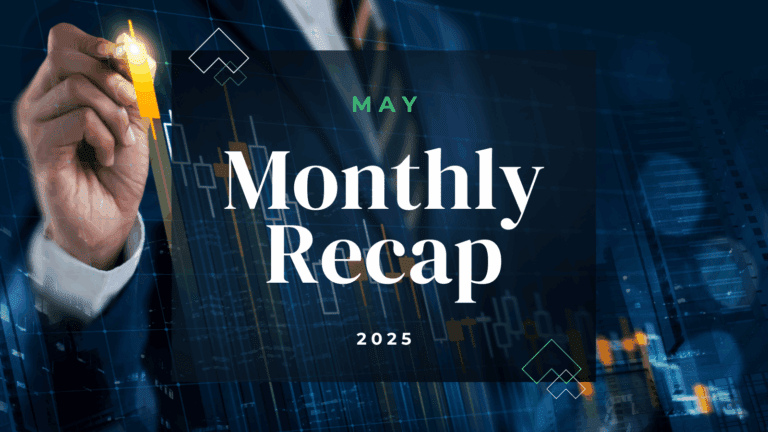By Aoifinn Devitt CFP® – Chief Investment Officer
Now that the debt ceiling storm has passed and pundits have moved on to breathless analysis of the growing Presidential primary field, there’s been time for regulators to get to that overflowing in-box and the target this week is crypto exchanges. This week the SEC launched two lawsuits against the crypto exchanges Binance and Coinbase alleging that their activities required regulation as they were exchanges on which securities were traded. By classifying tokens such as Solana, Cardano and Polygon as securities the SEC was trying to force them into transparency and disclosure rules that govern other securities. This action – two years in the making – is being criticized as a means to force “Wall Street” style structures and regulation on an industry that is novel and that doesn’t lend itself to these structures.
There is probably a bit of truth in this, but also a good core argument to be made for more standards and more regulation. Digital assets are, by nature, disruptors, which have been born by rethinking traditional structures, counterparties and restrictions. Part of their allure is notional freedom and empowerment. But perhaps the pendulum was swinging too far. It is often the case that a few “bad actors” force regulatory change and the bad actors of FTX, Sam Bankman-Fried and other high-profile losses around digital assets are sounding alarm bells and forcing calls for more disclosure, more assessment of risk and more transparency. For now, it appears that the SEC is pursuing this in their most blunt and practical manner – forcing the disruptive assets under existing regimes. But shouldn’t we be able to adapt and create new regulations without relying on existing structures? With a focus on object and purpose and not the creation of a battalion of boilerplates?
Equity markets were positively animated as we push towards the end of the first half of the year. There were comments around “catch up” by the laggards in the markets – namely small cap and more defensive stocks, but the large cap tech stocks remained well ahead in the year-to-date performance comparisons. Small cap was seeing a bit of resurgence in the week, which may have been attributed to Goldman Sachs being one of the first banks to predict that the economy might skirt a recession in 2023 altogether. As we reach the mid-point of the year the probabilities certainly do get shorter as more visibility and certainty on the year descends.
As the chart below shows equities continue to display a strong year to date without much volatility at all. This comes in spite of the fact that oil prices rose as supply cuts again came into the picture and sentiment continues to be quite mixed. Last week’s payroll data definitely will have boosted confidence as gains (339,000 in May) remained solid, albeit down from previous years. On the other hand, the narrowness of the market strength has now become conventional wisdom and there is some digging out to do after the debt ceiling debacle. As the second quarter nears an end, we expect more and more banks to follow Goldman Sachs’s lead. Revisions may be coming. It is not only new Google headsets that are set to augment reality.

© 2023 Advisory services offered by Moneta Group Investment Advisors, LLC, (“MGIA”) an investment adviser registered with the Securities and Exchange Commission (“SEC”). MGIA is a wholly owned subsidiary of Moneta Group, LLC. Registration as an investment adviser does not imply a certain level of skill or training. The information contained herein is for informational purposes only, is not intended to be comprehensive or exclusive, and is based on materials deemed reliable, but the accuracy of which has not been verified.
Trademarks and copyrights of materials referenced herein are the property of their respective owners. Index returns reflect total return, assuming reinvestment of dividends and interest. The returns do not reflect the effect of taxes and/or fees that an investor would incur. Examples contained herein are for illustrative purposes only based on generic assumptions. Given the dynamic nature of the subject matter and the environment in which this communication was written, the information contained herein is subject to change. This is not an offer to sell or buy securities, nor does it represent any specific recommendation. You should consult with an appropriately credentialed professional before making any financial, investment, tax or legal decision. An index is an unmanaged portfolio of specified securities and does not reflect any initial or ongoing expenses nor can it be invested in directly. Past performance is not indicative of future returns. All investments are subject to a risk of loss. Diversification and strategic asset allocation do not assure profit or protect against loss in declining markets. These materials do not take into consideration your personal circumstances, financial or otherwise.







